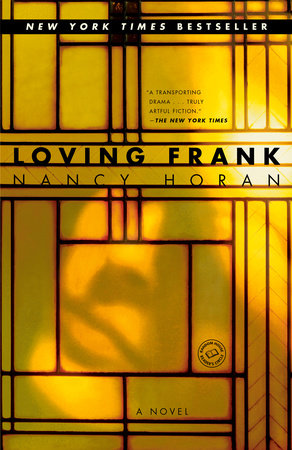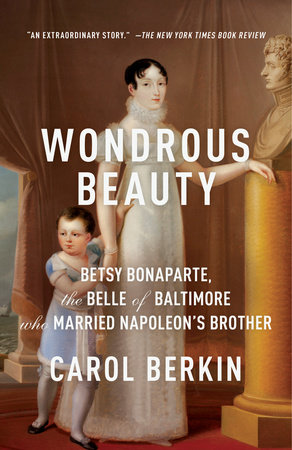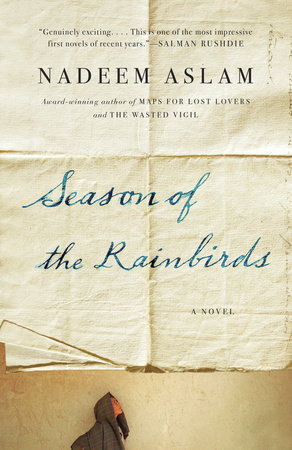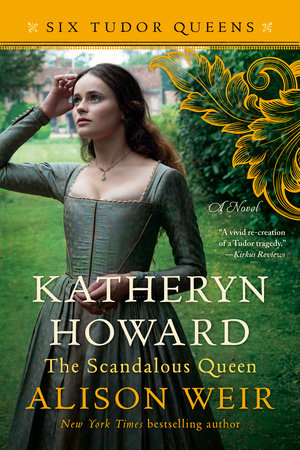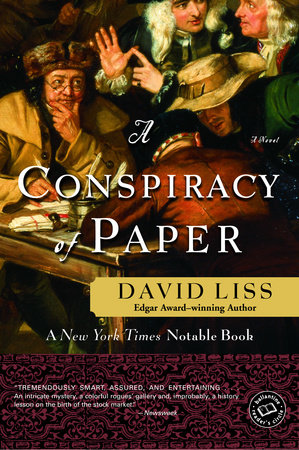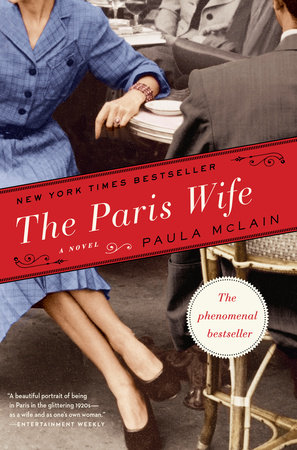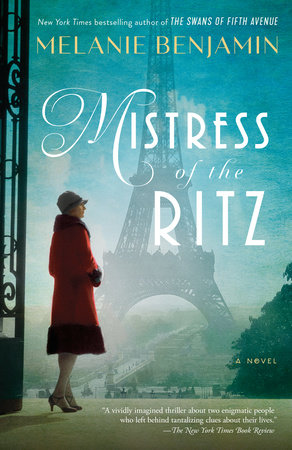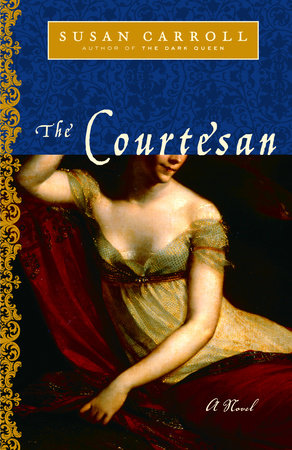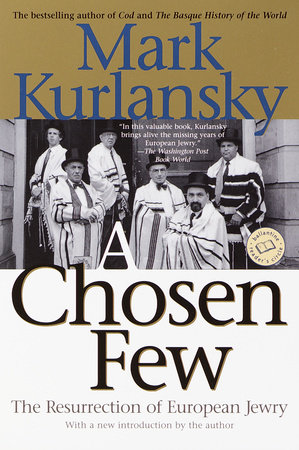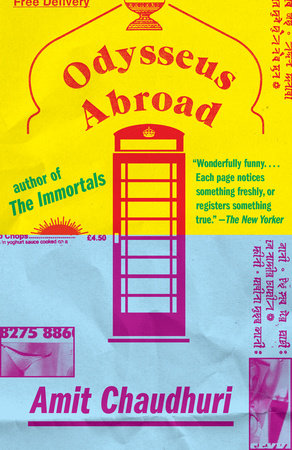A CONVERSATION WITH NANCY HORAN
Random House Reader’s Circle: How did you become interested in Mamah Borthwick Cheney? Why do you think that it has taken so long for her to begin to emerge from out of the shadow of Frank Lloyd Wright and be seen as an interesting figure in her own right?
Nancy Horan: Anyone who lives in Oak Park, Illinois, as I did for twenty-four years, knows something about Frank Lloyd Wright. His home and studio complex attracts busloads of visitors from around the world, and his prairie houses dot the town. One of those houses belonged to Mamah Borthwick Cheney, the client who became his lover. The house Wright built for her and her husband is on East Avenue, the very street I lived on. When I toured Wright’s home and studio several times, I noticed the guides didn’t say much about Mamah; understandably, their focus is on his work and family life. What little I learned about her piqued my interest, though. She was a highly educated woman, a wife and mother of young children at the time of her affair, a feminist. Who was she, and why did she risk so much? A couple of biographies about Wright whetted my appetite. The more I learned about her, the more I felt compelled to tell her remarkable story.
Some scholars and Wright admirers have resisted discussing Mamah’s role in his life, convinced that personal details they consider unsavory diminish his architectural achievements. Recently, though, a few scholars have taken a look at Wright’s architecture while he was involved with her and have acknowledged Mamah Cheney’s role in influencing the direction of his
thinking.
RHRC: I understand that you spent seven years writing this novel.
NH: It took that long to complete the book. I should point out that I actually wrote the book twice. The first version, begun in 1999, included four points of view and was not very good. Two years into the project, when I decided to write from Mamah’s perspective, the research became more focused. There was limited material. I had learned from Wright bios that no correspondence remained of Mamah Borthwick Cheney. So I went to original and secondary sources of information, reading newspaper clips from 1900 to 1914 and scholars’ works on Wright, as well as his own writings. I visited the places Mamah visited and lived, and read the books she translated. I found an amazing memoir, written by a woman who grew up in the house next door to the Cheneys, in which the author reminisced about Mamah. Material on the Chicago School of Architecture proved captivating reading, as did books on the Modernism movement, which was happening in Europe at roughly the same time. Some primary research also turned up small details that illuminated her life, as well.
I came to see Mamah’s time with Frank as a journey marked by a series of dilemmas and choices along the way. In the absence of letters, I made educated guesses about why she chose to do something, and the emotional consequences of those decisions. Her character began to come alive. Then, in 2001, I learned that nine letters written by Mamah to Ellen Key, the woman whose work she translated, were stored in the Ellen Key Collection in the Royal Library of Sweden in Copenhagen. You can imagine my joy when the library sent me copies of the letters. All along, I had been creating a character out of the pieces I could find to fit together, even composing letters she might have written. Suddenly, here was her actual voice, her actual handwriting. To my unending relief, I found her personality shining through in those letters. And while the content of her correspondence dealt largely with the business of translating, she included a number of paragraphs about her own life and mental outlook.
RHRC: It sounds as though the writing and research went on simultaneously.
NH: Yes, I researched heavily at the beginning, but continued to do so as I wrote. New discoveries found their way into the book. Last year, for example, a rare book of photographs of Taliesin in 1911 was auctioned on eBay and was purchased by a group of Wright devotees in Wisconsin. When the book went on display at the state capitol, I traveled to Madison to see it. Soon after, the album was in my novel.
RHRC: I’m curious about your title. While loving Frank Lloyd Wright was certainly the catalyst for Mamah to radically change her life, the novel shows that there was a lot more to her personal evolution than that. Why did you choose to stress this particular aspect?
NH: Mamah Cheney undoubtedly would have continued to evolve in interesting ways, but it was the condition of loving Frank that launched her on a path she could never have foreseen. While the novel explores ideas about gender roles and marriage at the turn of the twentieth century, it is fundamentally a very human story about loving someone, and having that experience change your life.
RHRC: The other great influence on Mamah’s life was the Swedish feminist Ellen Key, whom you mentioned a moment ago. Key is not a familiar figure to most Americans—what made her such an important figure in Western history, and in Mamah’s history?
NH: Ellen Key was a Swedish feminist philosopher whose teachings on free love, the rights of the individual and of children, the social value of motherhood, whether in or outside of marriage, and the need for divorce reform were highly influential in Europe at the turn of the twentieth century. The Women’s Movement, or Woman Movement as it was then called, had its own personality there, compared to the movement in the United States. Ellen Key’s ideas about the rights of unmarried mothers and their children had particular resonance for women in Germany and Sweden, while in the United States, the Woman Movement had shaped itself more in terms of gaining equal rights to vote, work, and earn as men did.
Ellen Key appeared in Mamah’s life at a critical moment. Her impact on Mamah is best expressed by Mamah in one of her letters to the Swedish philosopher: “You have meant more to me than any other influence, but one, in my life. In your writings we have met close together, closer than I have been to almost anyone in the world.”
RHRC: That “but one” being Wright himself. But what of the reciprocal influence that Mamah exerted on him?
NH: I believe Mamah had a profound influence on Frank Lloyd Wright. She took a leap of faith with him that changed both of their lives forever. She introduced him to Ellen Key, whose dedication to educating young people may have inspired Wright to devote himself to creating his own school for aspiring architects. And I think it can be argued that Mamah was the love of his life.
RHRC: Your writing is so assured, it’s hard to believe Loving Frank is your first novel. What kind of work did you do previously, and what was your path to publication?
NH: I came to writing through journalism. I wrote newspaper and magazine pieces on subjects ranging from invasive Asian carp to Oprah’s wardrobe to breast cancer, and eventually co-authored a book on garden design. About eight years ago, I took a couple of fiction-writing classes through the University of Chicago and found I loved that form. One of my instructors said to me after an assignment, “You could write a novel, but you haven’t found your material yet.” As it turned out, my material was right under my nose the whole time I was living in Oak Park. Eventually, the story of Mamah Borthwick Cheney and Frank Lloyd Wright took hold of me and wouldn’t let go.
RHRC: Although some aspects of Mamah’s story, such as the scandal attached to the notion of a divorce or separation, are very much reflective of their time nearly a century ago, other aspects, especially her struggle to balance personal fulfillment with a fertile and loving connection to the lives around her, seem quite contemporary. Have those things really changed so
little for women?
NH: While researching Mamah’s story, I was struck repeatedly by how similar the struggles of early twentieth century women were compared to those of women today. Seeking fulfilling work was a relatively newfound possibility for women in those days, though the need to bring money into the household was nothing new. Whatever their motivation—economic necessity or the realization of their personal potential—women were very much concerned about the conflicts inherent in trying to manage both work and motherhood. It was a subject that was widely discussed and publicly debated, and feminist thinkers sought social solutions, such as collective child care or, in the case of Ellen Key, a state subsidy to the mother so she could stay home and take care of her children for a period of time.
Contemporary women have come a long way professionally, and have found ways to adapt. But the struggle hasn’t gone away, and the dialogue, I think, tends to be more internalized by women these days.
RHRC: As a writer of historical fiction, how much leeway do you give yourself to invent and improvise? Frank Lloyd Wright himself once said, “The truth is more important than the facts.” Do you agree?
NH: I felt strongly bound to stay with the major facts I had regarding the historical outline of this story. Some writers might find that approach stifling, but I found it liberating because it provided a compelling framework from which to work, and pushed me to try to understand the characters’ motivations for what they did. Yet not all of the “facts” were reliable. Some of the newspaper information was inconsistent or clearly invented; Frank Lloyd Wright’s own account of his relationship with Mamah was sketchy (he never mentions her name in his autobiography); and comments by people of the day have to be interpreted within the moral context of the times. While I included a number of characters based on real people in the novel besides Mamah and Frank, I also invented plenty of characters and certainly invented scenes. I took small liberties with matters of chronology, such as placing a speech by Frank Lloyd Wright in 1907 rather than when it was given, in 1909.
The beauty of fiction is that it allows a writer to get at truths of the heart that don’t make it into history books or newspapers. In that sense, I agree with Frank Lloyd Wright’s quote.
RHRC: It’s one thing to set out the facts of the past accurately, but how do you enter with confidence into the inner, emotional life of a historical character? What was the key to unlocking Mamah’s inner life?
NH: I entered into Mamah’s emotional life by looking at the pressures and choices she made throughout her relationship with Frank Lloyd Wright. I was well on my way to imagining how Mamah felt and behaved during her journey when I found her letters. In them, I discovered a woman whose inner life was not so different from contemporary women. There are emotional experiences of the heart that were universal in 1909 and remain so today. My own understanding about love, motherhood, loss, and the need to find one’s personal strengths naturally found their way into Mamah’s fictional life.
RHRC: Was it easier for you to find that key for Mamah than for Frank? I would imagine that the wealth of historical documentation of Frank’s life, both in his own words and the words of others, might have served to obscure, rather than to reveal, the man behind the legend.
NH: Well, Frank did talk a lot. And write. And expound about architecture and all kinds of other matters. But on the subject of Mamah, his words were spare and profound. I paid attention to them. It’s important to keep in mind that I was portraying the forty-year-old Frank Lloyd Wright. Much of the verbiage for which he is famous had yet to be spoken, or written, at the time this book takes place. In Loving Frank, he is a complicated person at a critical juncture in his life, and not yet famous in the way he is today. By looking at him through Mamah’s eyes, my hope is that readers can see the complexity of the still-developing, younger man, rather than the stereotype of the grandiose, white-haired legend.
RHRC: What would Mamah think of the condition of women in the United States today? Would she be satisfied with the progress since her own day, or would she believe there was still a long way to go?
NH: Mamah would be delighted to see that girls have the opportunity, more than ever before, to “realize their personalities,” as she would have put it. She would be astounded by modern women’s educational and career choices. I suspect, though, Mamah would be disappointed that the highly evolved culture of love that Ellen Key envisioned for the future has not panned out.
